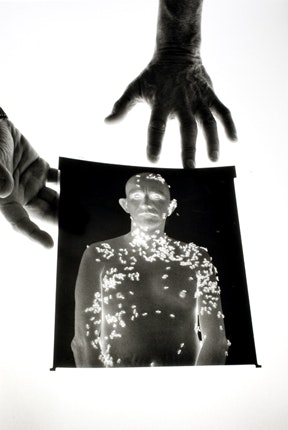The introduction of the negative divided the photograph from itself, but it also divided the act of photographing. One person could make an exposure while another might develop the resulting negative, with yet another responsible for making positive prints from that negative. Sometimes a number of people take on that last responsibility, with many years passing between exposure and print. Consider, for example, those gelatin silver prints owned by some museums that were made in 1976 by Claudine Sudre from original paper calotype negatives made in about 1845 by French photographer Hippolyte Bayard. Although this temporal gap is unusually long, the practice of making restrikes (to adopt a term from print-making) is not. The negative has allowed many photographers to make their own restrikes, and to thereby retrospectively recast their early careers, according to contemporary taste. I have written, in an essay published in Each Wild Idea, about how both Stieglitz and Max Dupain, Australia’s most celebrated twentieth-century photographer, went back through their back-catalogues of negatives and printed images that they never thought much about until many years after they had been exposed. Even now, Dupain’s most famous photograph, The sunbaker, is dated by Australian museums at 1937, even though it was first printed only in 1974. (Why do we privilege the date of exposure over the date a photograph is made manifest and put in the public sphere?) More recently, we have seen, for example in the 2003 Diane Arbus survey exhibition, curators deciding to print and exhibit work never printed by the artist—a practice I consider both unethical and an historical distortion. John Szarkowski even exhibited work by Garry Winogrand, albeit only in projected form, that the artist himself had never seen, even in negative form. Despite all this, printing is a practice that doesn’t attract much discussion (except from collectors and dealers).

